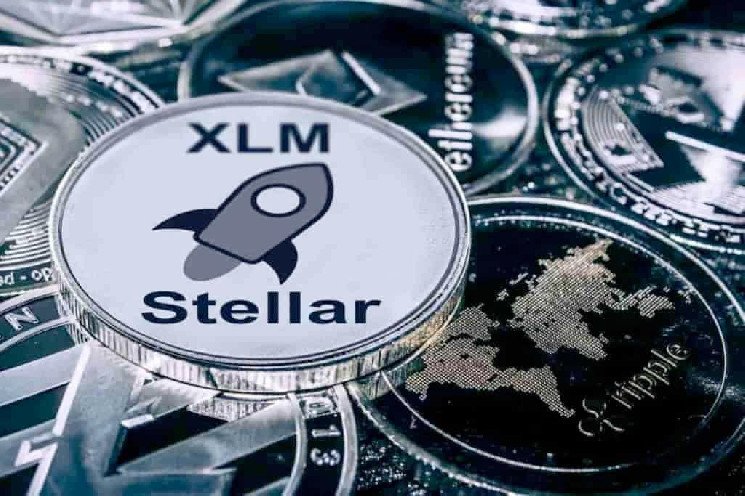XRP and Stellar (XLM) are two popular cryptocurrencies that are often seen as competitors in the cryptocurrency market. Both XRP and XLM share a common goal of revolutionizing the financial industry by providing alternatives to traditional financial systems. However, they cater to different segments within the market. XRP is designed for large financial institutions to facilitate cross-border transactions efficiently with high transaction speed and low cost. On the other hand, XLM targets individuals and smaller businesses, particularly in developing countries, aiming to provide affordable and accessible financial services to the unbanked and underbanked populations.
In a recent analysis conducted by Finbold using OpenAI’s ChatGPT-40 artificial intelligence tool, insights were gathered on the investment potential of both XRP and Stellar (XLM) in 2024. The AI model highlighted the distinct characteristics, market positions, and potential growth prospects of both cryptocurrencies. XRP has a significantly higher market capitalization than XLM, often ranking within the top 10 cryptocurrencies. However, Ripple, the company behind XRP, has been involved in a legal battle with the Securities Exchange Commission (SEC) over the classification of XRP as a security. This legal uncertainty could impact the future value of XRP.
ChatGPT-40 noted that XRP is well-positioned within the financial sector with strong partnerships and a focus on improving cross-border transactions for large financial institutions. The high transaction speed and low cost of XRP make it attractive for high-volume and institutional transactions, driving its adoption and value growth. Despite the legal challenges faced by Ripple, a favorable resolution could remove significant legal uncertainty and potentially boost XRP’s market value. On the other hand, XLM’s decentralized network supports peer-to-peer and remittance services, emphasizing financial inclusion for underserved populations. Stellar’s focus on social impact and democratizing financial access gives it a unique market position.
The AI tool concluded that XRP’s potential for high rewards is balanced by its legal risks, while XLM appeals to those who prioritize decentralization and financial inclusion. XRP may be better suited for investors looking for a potentially high-reward, albeit higher-risk, investment tied to institutional finance. On the other hand, XLM could appeal more to investors who value decentralization and social impact, offering a promising future in peer-to-peer transactions and financial accessibility. Ultimately, the choice between XRP and XLM depends on an individual’s investment strategy and preferences.
In conclusion, the AI platform recommended diversifying a portfolio to include both XRP and Stellar (XLM) while monitoring their developments and market conditions. It is important to note that investing in cryptocurrencies is speculative, and investors should be aware that their capital is at risk. The decision to invest in XRP or XLM should be based on a thorough understanding of their characteristics, market positions, and potential growth prospects, as well as an individual’s investment strategy and risk tolerance.

